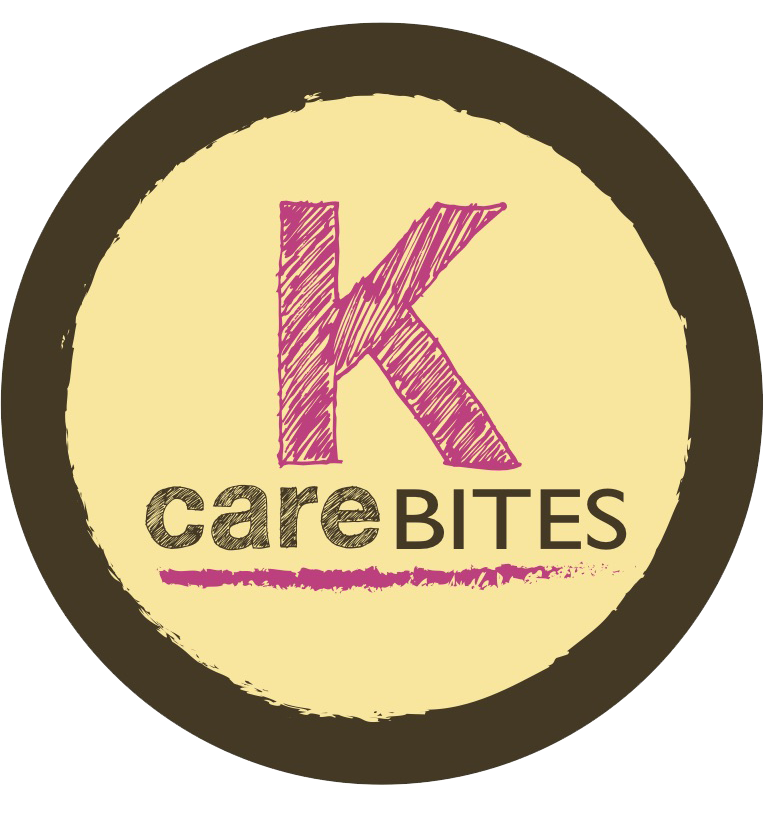Our Diet
Our diet is easy to follow and provides all your daily nutrients. We follow dietary guidelines provided by the United States Department of Agriculture and Health and Human services.
- Half your plate should be very colorful, fill it with fruits and vegetables.
- About a quarter of your plate should have protein- lean meat, fish, soy, eggs, nuts, beans—remember 2 servings of 3.5 oz salmon weekly gives you enough omega-3 to keep your heart healthy.
- About a quarter of your plate should be whole grains such as whole wheat, quinoa and brown rice.
- You need 2-3 daily servings of calcium rich foods including milk, yogurt and cheese.
- You need to consume water daily—about (8) 8oz glasses.
Daily caloric intake
Estimated calorie needs per day can be calculated by age, sex and level of physical activity using www.supertracker.usda.gov. Estimates range from 1,600 to 2,400 calories per day for adult women and 2,000 to 3,000 calories per day for adult men.
Macronutrients
The three primary macronutrients include carbohydrates, proteins, and fats.
- Carbohydrates: Carbohydrates should make up 45 to 65 percent of total caloric intake. Added sugars should comprise no more than 10 percent of total calories consumed. Carbohydrates provide 4 calories per gram.
- Protein: Protein should make up 10 to 35 percent of total caloric intake. Protein provides 4 calories per gram.
- Fats: Fat should make up 20 to 35 percent of total caloric intake. Fats provide 9 calories per gram.
Micronutrients
Nutrients needed in very small amounts are called micronutrients and include several minerals and vitamins.


